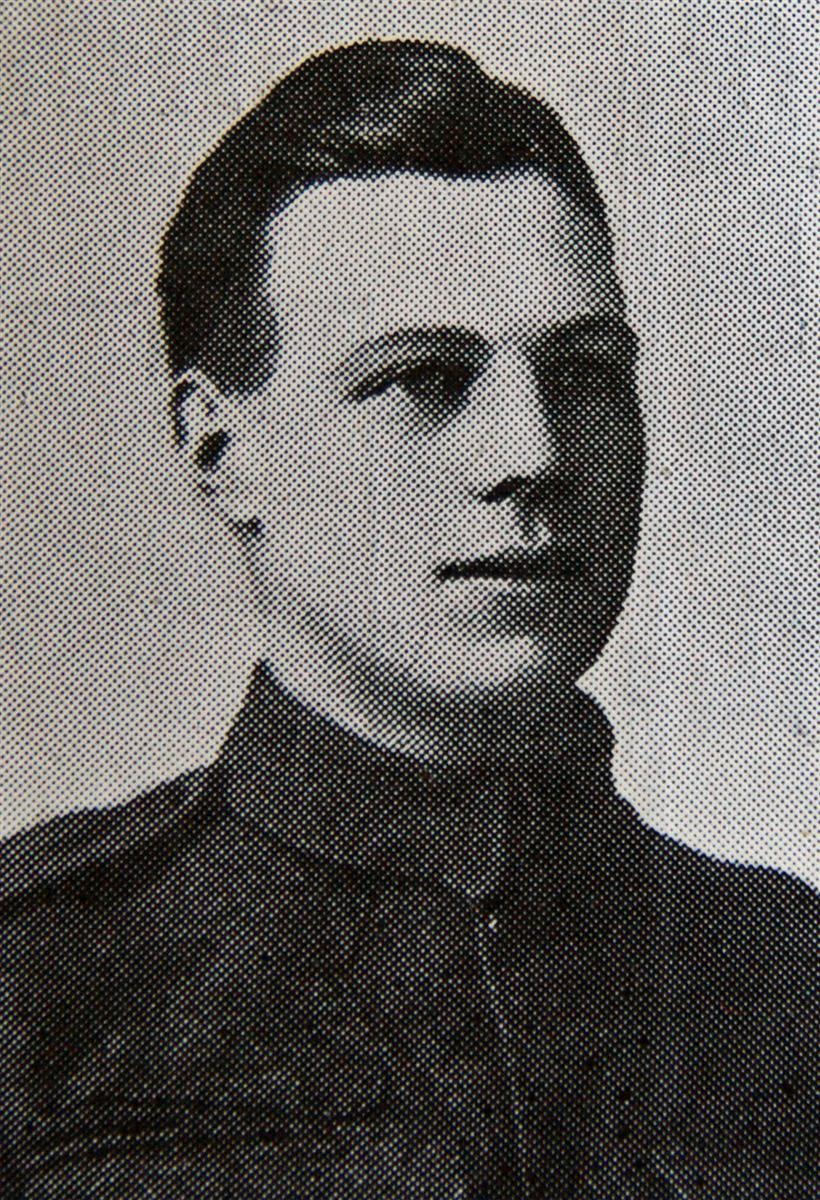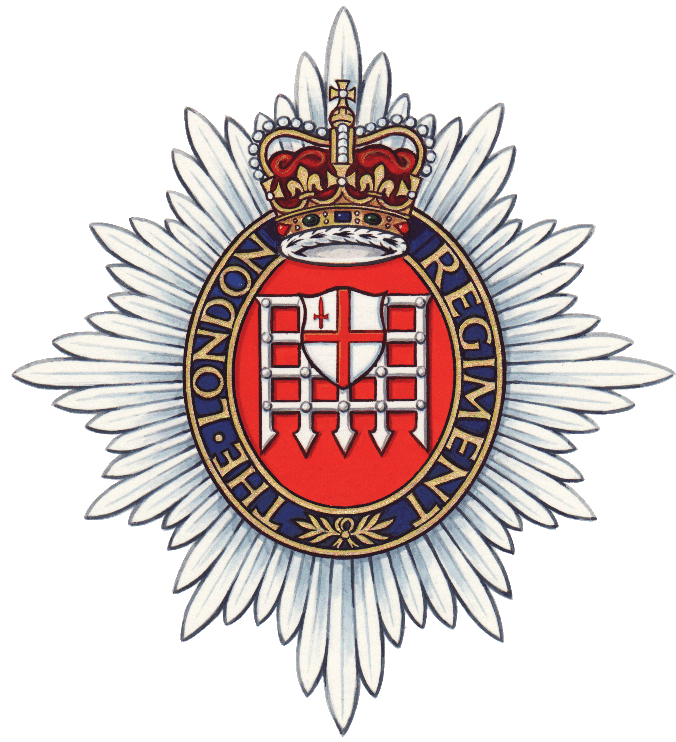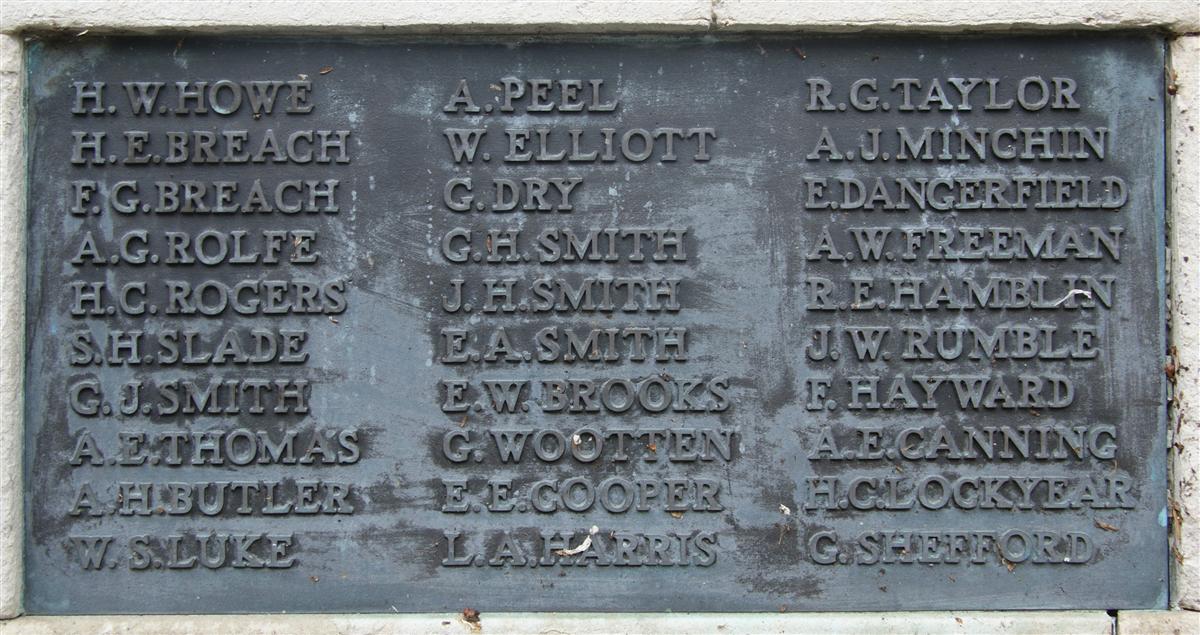Reginald Edward Hamblin
Rifleman 552862 Reginald Edward Hamblin, 1st/16th Battalion, London Regiment (Queen’s Westminster Rifles)

Reginald Hamblin. |
Isaac was a tailor following in the footsteps of his father, Isaac Edward Hamblin, who established a tailors business at 56 Northbrook Street in 1887, setting up on his own account after years working for others. Following Isaac Edward’s death in 1892 his wife Martha continued the business changing the name to Hamblin & Sons in c1899. By 1911 the business was being run by Isaac junior, though the family no longer lived over the shop and had moved out to Long Lane, Shaw. Martha had retired and was living in Reading with her youngest child, Flora Grace and her husband Harry Lee.
A new generation was starting out in the family trade, Reginald’s eldest brother, Isaac Morton Palmer Hamblin aged 18 was working as a tailor. Reginald was still at school, aged 14 His seven year-old brother, Frances William, was too young to face the travails of WWI but would go on to serve in WWII as a Squadron Leader in the RAF.
By the time that conscription was introduced in 1916 Reginald was 18, still too young to be sent to the front, but old enough to be called up for training. Thus, as soon as he was 19, he would be ready to go abroad. However, he may have pre-empted conscription by signing up under the Derby Scheme. This scheme was instigated in 1915 by the Minister for Recruitment, Lord Derby, as a final attempt to avoid the need for conscription. Under the scheme men aged 18 and over could attest for service, but not serve immediately; instead they would wait to be called up as required. The scheme had the advantage that men could attest with the regiment or corps of their choice, a choice that would be denied conscripts who were only able to express a preference (often ignored) for service in a specific branch of the services.

The regimental badge of the London Regiment. (wikipedia) |
His original number indicates that he joined the battalion in March 1916, which would fit with his joining via the Derby Scheme as his age group was called up that month. As an 18 year-old he could not be sent to the front so he would have spent longer than the norm in training (most fit and able infantry recruits could expect to be sent to the front after six to nine months of training).
It is not known when Reginald arrived to join his battalion at the Front, probably soon after his 19th birthday, perhaps April/May 1917 or thereabouts.
On 8 August 1918 the Allies had recovered from the mauling they received during the German Spring Offensive and were ready to launch their own offensive to try to recapture territory lost to the Germans in the spring. The first push was to the east of Amiens and was so successful that the Allied High Command were taken by surprise; further attacks to the south by the French and then to the north by the British had the Germans falling back towards their 1917 positions along the Hindenburg Line. Although the general story of the war from this date is one of continued Allied victories and advances, the Germans did not go quietly, Allied losses were heavy in places. One of those places was outside the village of Croiselles. Crioselles lay towards the north of the territory captured by the Germans in the spring, where they had not advanced very far from their Hindenburg Line defences, which lay just to the east of the village.
In late August, the British 1st Army was about to join the Allied offensive and its commander (General Sir Henry Horne) placed the 56th Division at his southern flank, alongside the 4th Army troops who had already made great gains during the Battle of Amiens (8-11 August). The 56th Brigade included the 169th Brigade of which the Queen’s Westminster Rifles formed a part. In preparation for the launch of an attack on 28 August the battalions tasked with the initial assault moved up into the lines. Reginald and his comrades moved into Boyelles Reserve Trench on 24 August, overnight they experienced ‘heavy shelling with gas and HE’ (high explosive) - one ‘other rank’ was killed. The following day was one of waiting, during which they found time to ensure that the men knew how to use German stick grenades, a large number of which were ‘lying around’, an example of the way both sides made use of captured weapons. Ten men were wounded that day, but none were reported killed. Three days later they went ‘over the top’ and suffered heavy casualties. The battalion began August with 41 officers and 957 men – and ended it with 27 officers and 577 men – who included 1 officer and 47 men who joined them during the month.
According to the military records Reginald died on 25 August, before the big attack, which suggests that he was the one other rank killed by shellfire in the reserve trench during the night of 24-25 August. However, his entry in the Soldiers Who Died in the Great War publication states that he died of wounds. So he could have been one of the 10 wounded later in the day. His body was never recovered, which is not unusual in the case of a man close to the detonation of an HE shell, but is unexpected for a man wounded in a reserve trench at this date. He is remembered on Panel 10 of the Vis-en-Artois Memorial.

Reginald's name on Newbury War Memorial (middle right) |
Locally Reginald is remembered on Tablet 10 of the Newbury Town War Memorial; there was also a strong family connection to Brightwalton through his mother. His grand-parents were still living in the village and hence were there to ensure he was added to the list of the fallen commemorated on the memorial cross and on the roll of honour in All Saints’ Church.

